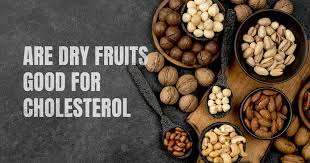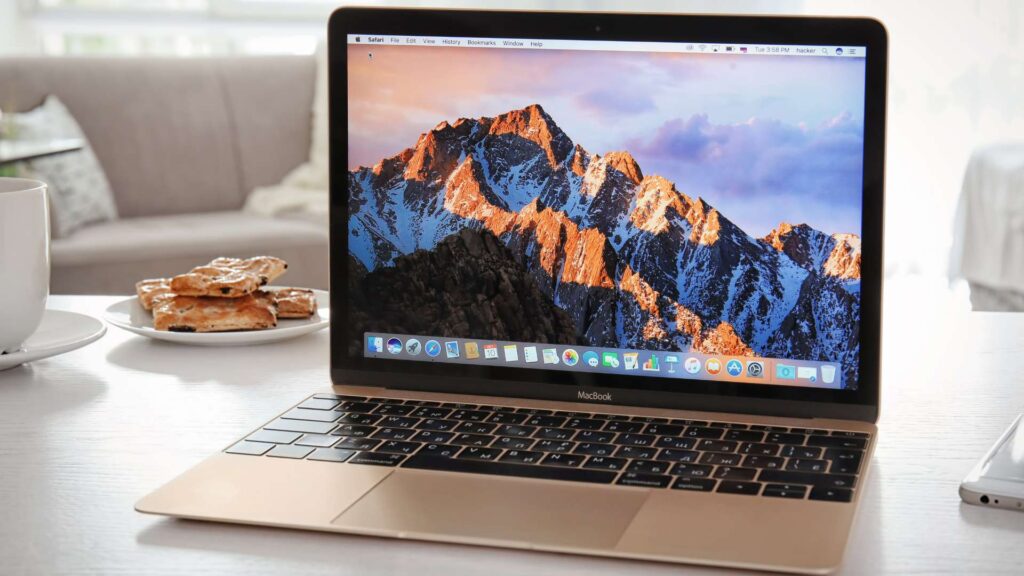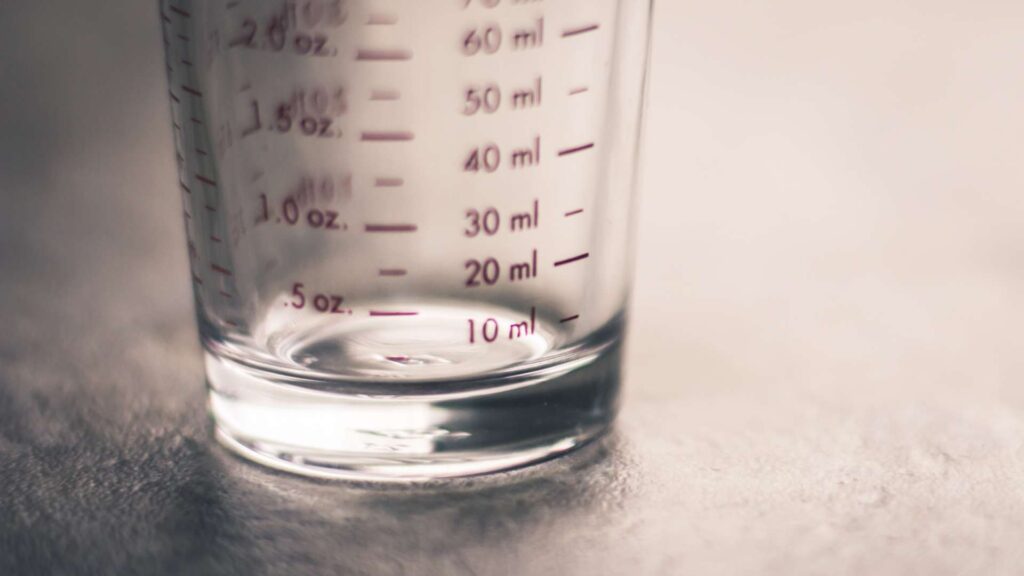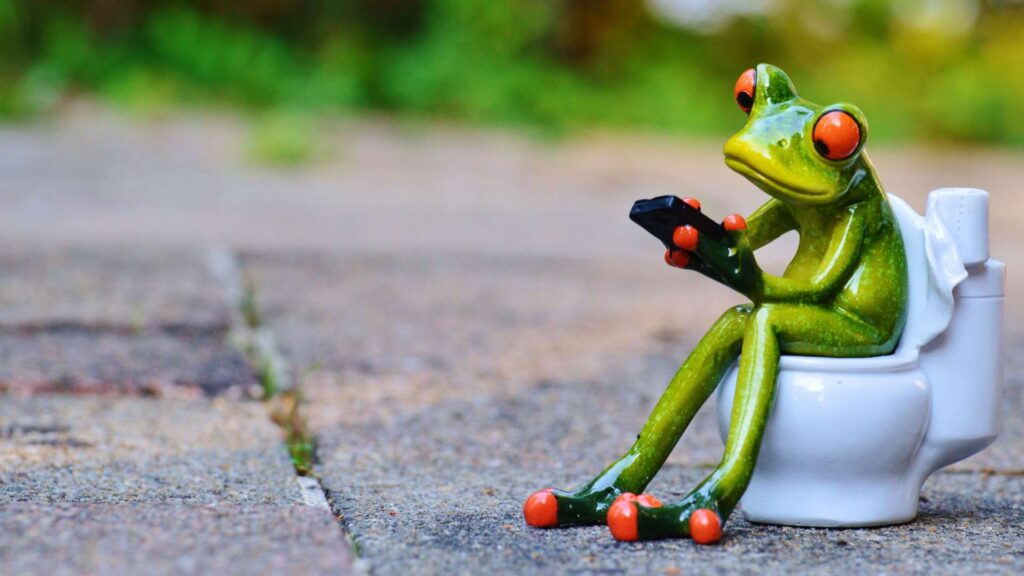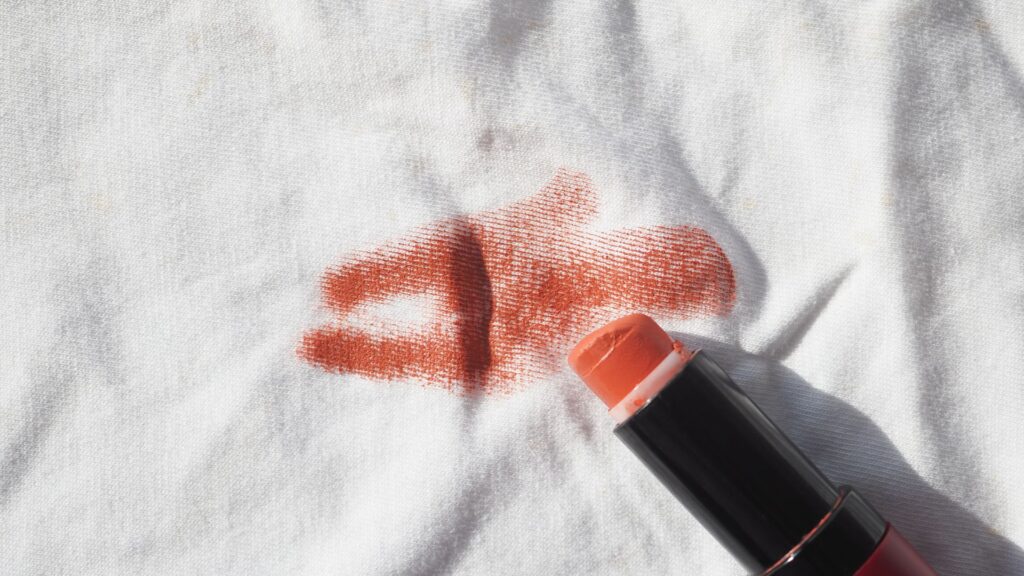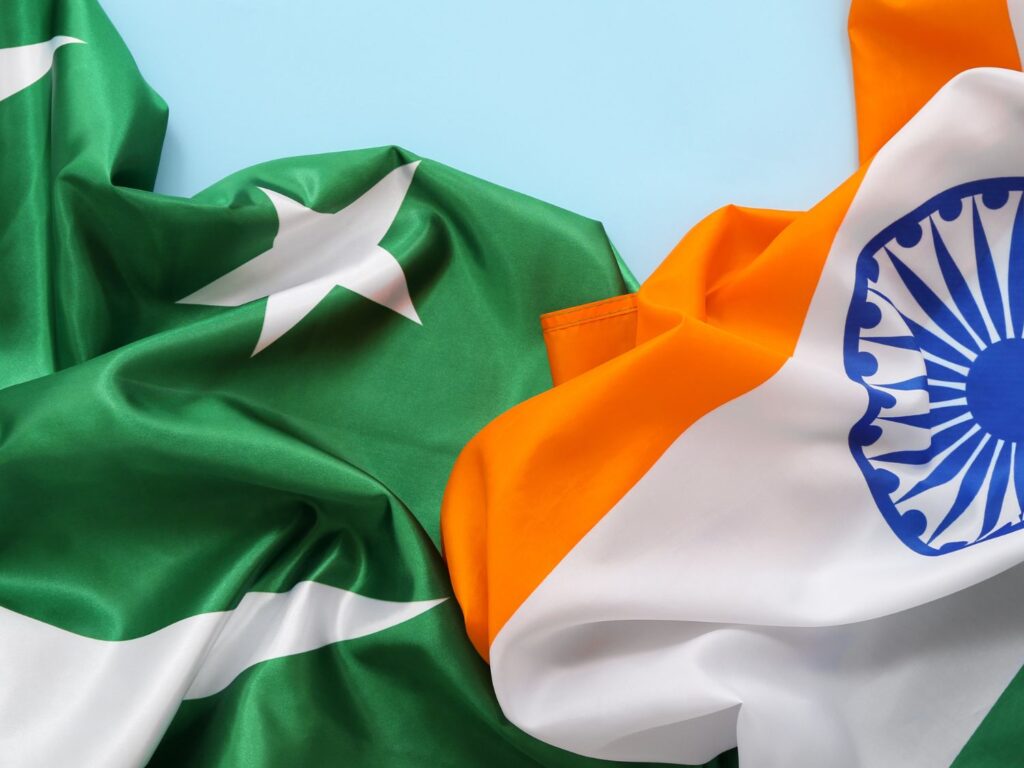How Many Ounces Are in a Cup?

How Many Ounces Are in a Cup? This seemingly straightforward query reflects a broader interest in culinary measurements, essential for both novice cooks and seasoned chefs. Understanding the conversion between ounces and cups is crucial for accurate recipe execution, ensuring that dishes turn out as intended.
The Basics of Measurement Conversions
In the culinary world, measurements can be categorized into two primary types: volume and weight. A cup is a unit of volume commonly used in the United States, while an ounce can refer to both volume (fluid ounce) and weight (avoirdupois ounce). This dual usage often leads to confusion.
Fluid Ounces vs. Ounces by Weight – How Many Ounces Are in a Cup?
It’s essential to distinguish between fluid ounces and ounces by weight:
- Fluid Ounces: Measure volume.
- Ounces (Weight): Measure weight.
For instance, one cup of water equals eight fluid ounces. However, the weight of one cup of a substance can vary depending on its density. For example, one cup of flour weighs less than one cup of sugar.
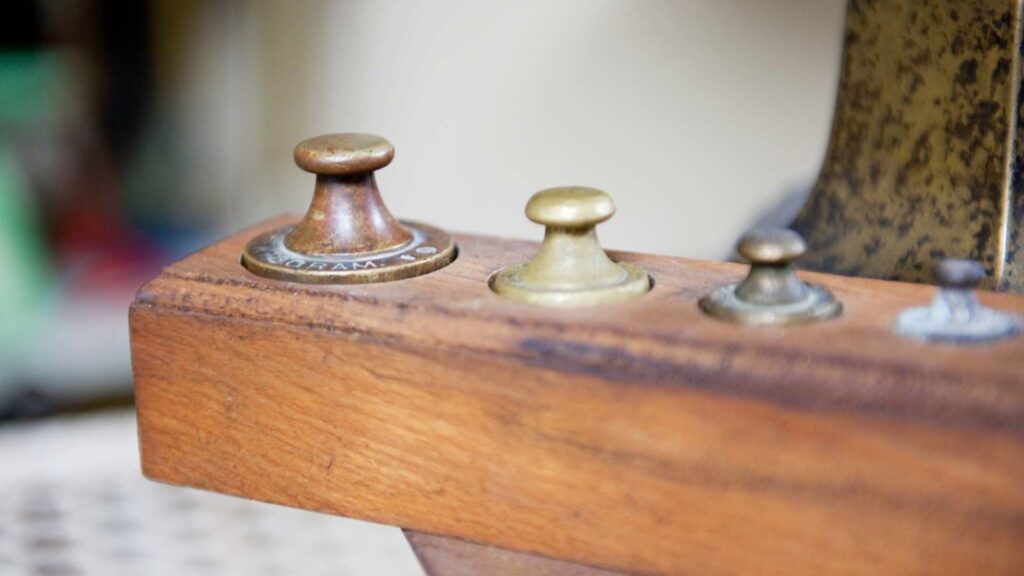
Standard Measurement Conversions
Here are some standard conversions that are commonly used in cooking and baking:
- 1 Cup: 8 fluid ounces
- 1/2 Cup: 4 fluid ounces
- 1/3 Cup: Approximately 2.67 fluid ounces
- 1/4 Cup: 2 fluid ounces
- 1 Tablespoon: 0.5 fluid ounces
- 1 Teaspoon: Approximately 0.17 fluid ounces
These conversions are vital for accurately following recipes, especially in baking, where precision is key.
Why the Confusion?
The confusion often arises because the term “ounce” can refer to both weight and volume. Additionally, different ingredients have varying densities, meaning that the weight of a cup of one ingredient may not be the same as another. For example, a cup of feathers will weigh less than a cup of lead pellets, even though they occupy the same volume.
Practical Tips for Accurate Measurements – How Many Ounces Are in a Cup?
To ensure accuracy in your culinary endeavors, consider the following tips:
- Use the Appropriate Measuring Tools: Utilize liquid measuring cups for fluids and dry measuring cups for solids.
- Level Off Dry Ingredients: Use a straight edge to level off dry ingredients in measuring cups to ensure precision.
- Weigh Ingredients When Possible: Using a kitchen scale can provide more accurate measurements, especially for baking.
The Importance of Accurate Measurements in Cooking
Accurate measurements are crucial in cooking and baking for several reasons:
- Consistency: Ensures that dishes turn out the same every time they are prepared.
- Taste: Maintains the intended flavor profile of the dish.
- Texture: Affects the mouthfeel and structural integrity of baked goods.
For instance, too much flour can make a cake dense and dry, while too little can cause it to collapse.
Common Measurement Conversions in Cooking – How Many Ounces Are in a Cup?
Here are some additional common conversions that can be helpful:
- 1 Gallon: 16 cups
- 1 Quart: 4 cups
- 1 Pint: 2 cups
- 1 Cup: 16 tablespoons
- 1 Tablespoon: 3 teaspoons
Understanding these conversions can aid in scaling recipes up or down and in substituting ingredients.
Conclusion
Understanding how many ounces are in a cup is fundamental for anyone engaging in cooking or baking. This knowledge ensures that recipes are executed correctly, leading to delicious and consistent results. By familiarizing yourself with common measurement conversions and utilizing proper measuring techniques, you can enhance your culinary skills and create dishes with confidence.
Remember, while the question “How many ounces are in a cup?” may seem simple, its answer is foundational to the art and science of cooking.



























